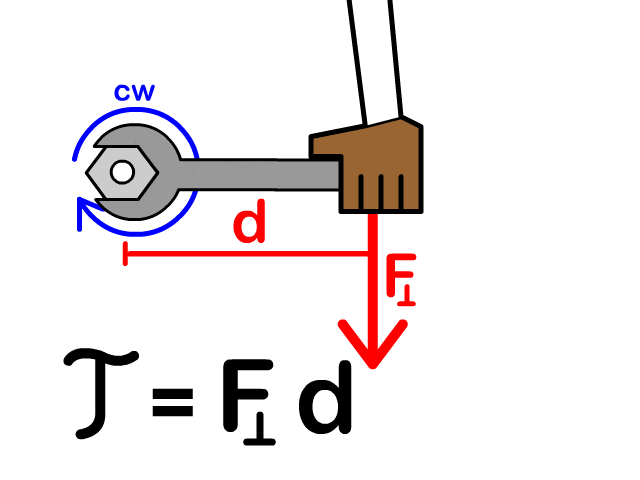Pipsqueakalchemist
- 138
- 20
- Homework Statement
- Question and attempts below
- Relevant Equations
- Newton’s law
Relative acceleration
For this question, I don’t understand the steps for the relative motion part. When I try it I get angular acceleration to be zero which is obviously wrong. The solution doesn’t consider the Y distance between G and A but I don’t understand why. In the relative motion equation it’s suppose to be the position vector from G to A but if you consider that like I did it’s wrong. This is how I’ve been solving the problems so far and in rigid body kinematic so I’m very confused right now
Attachments
Last edited:



